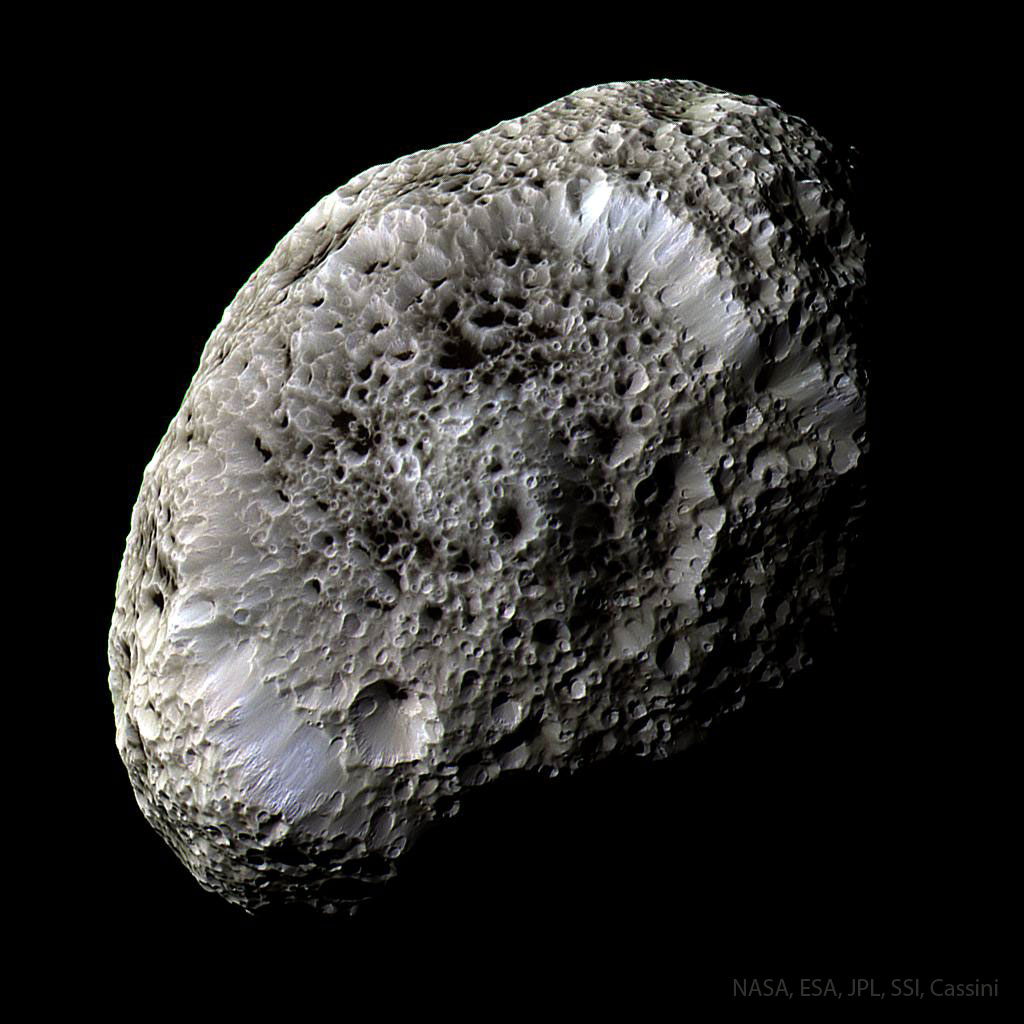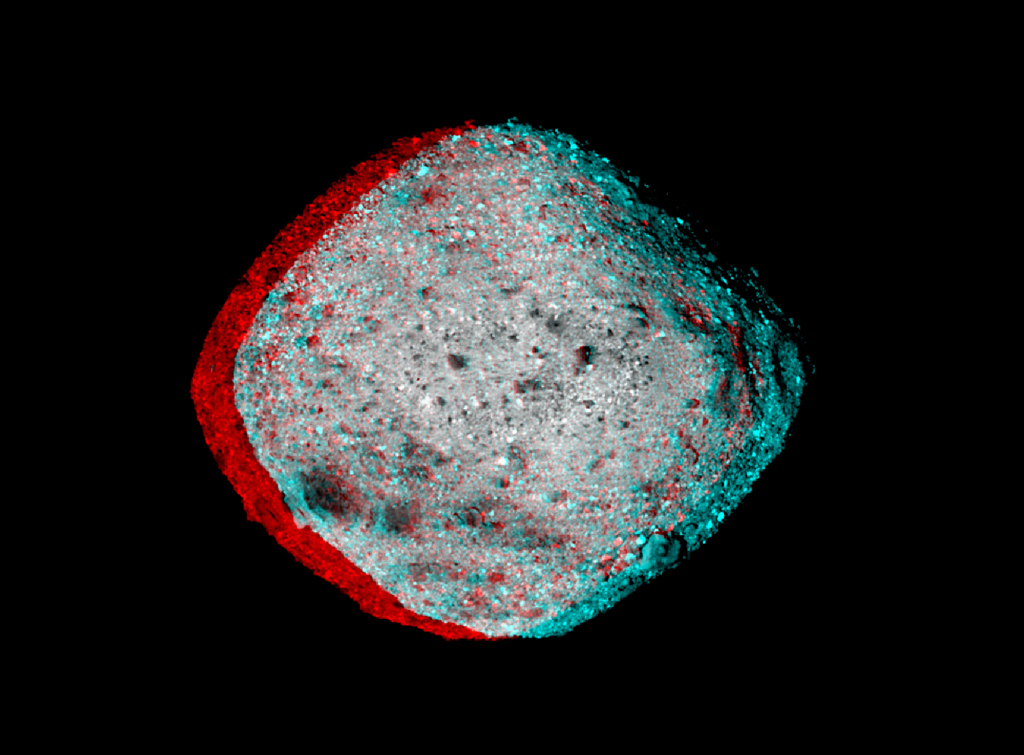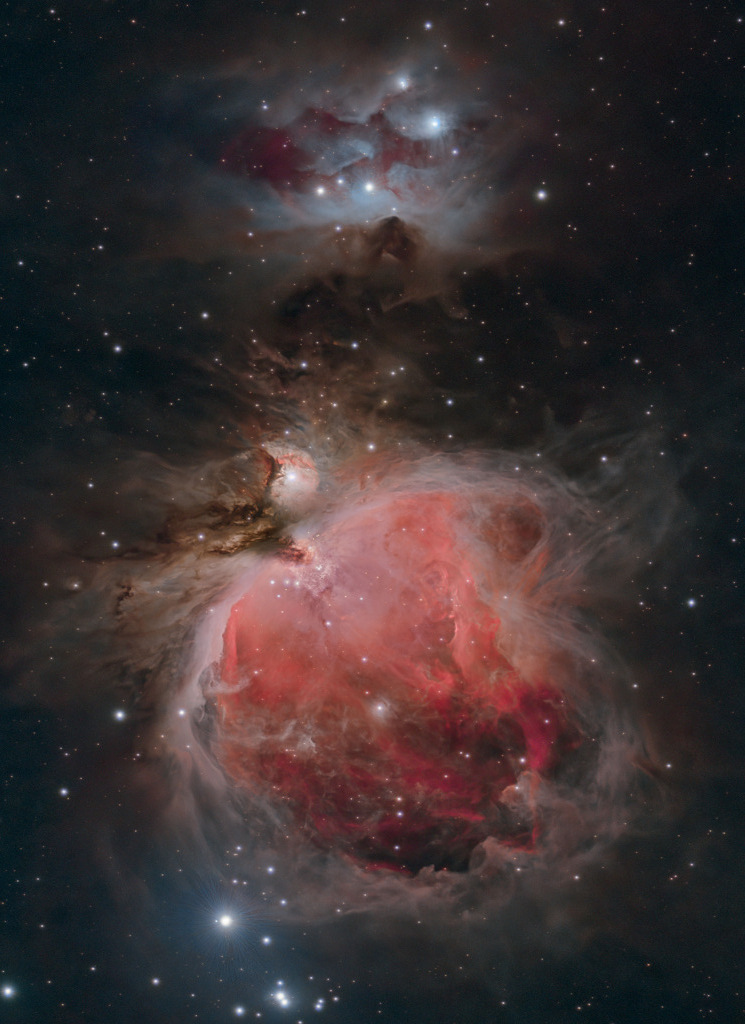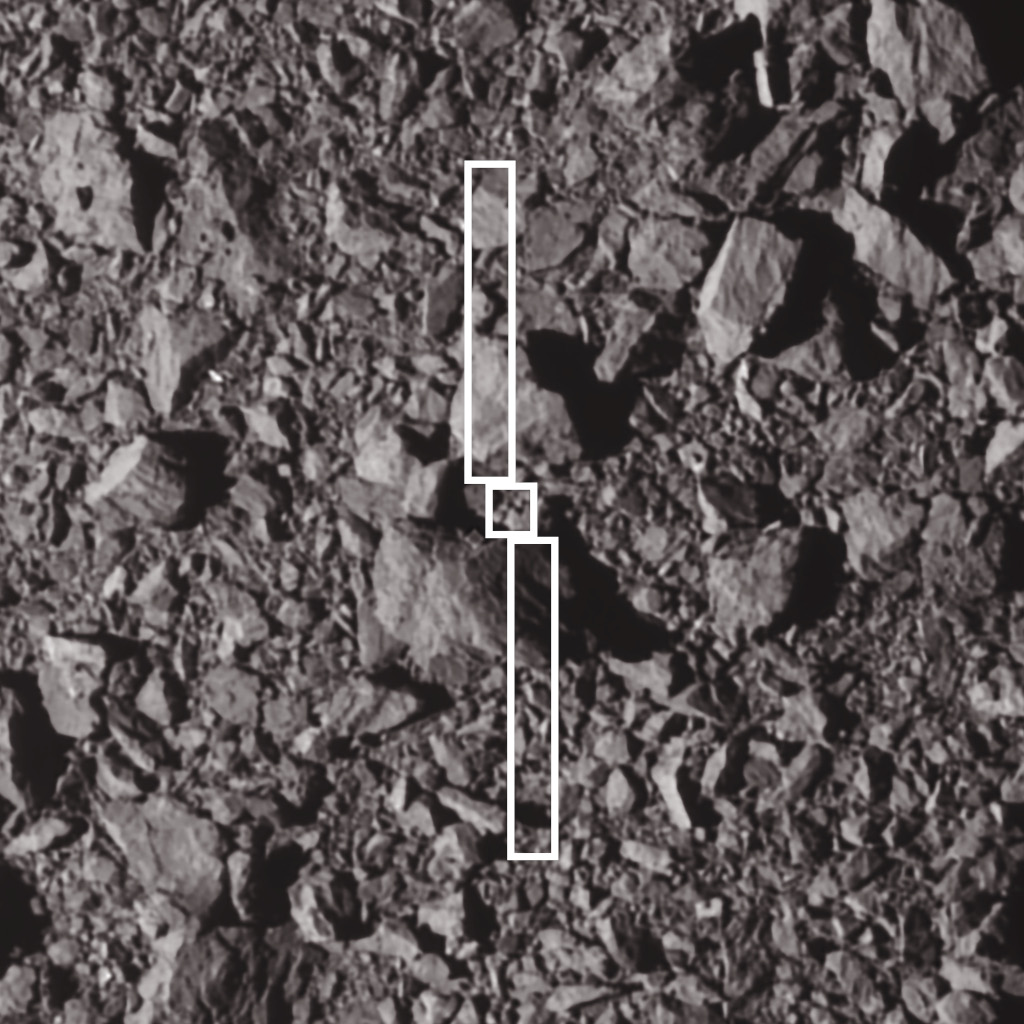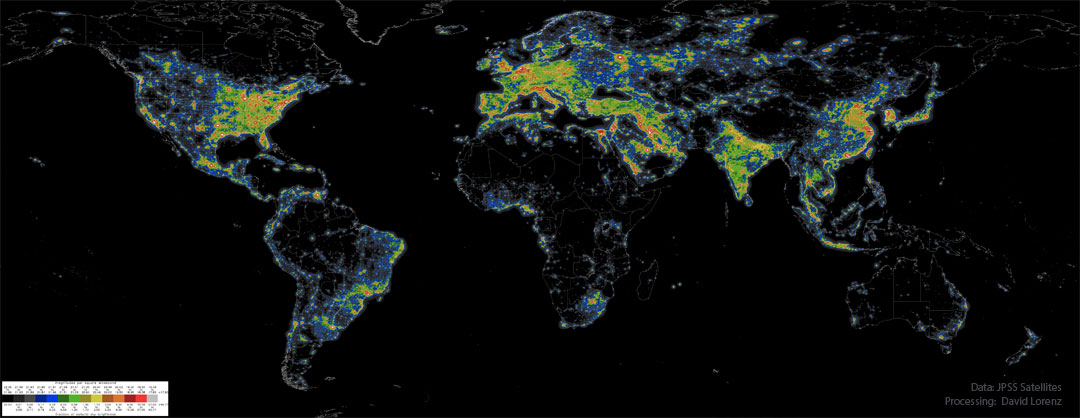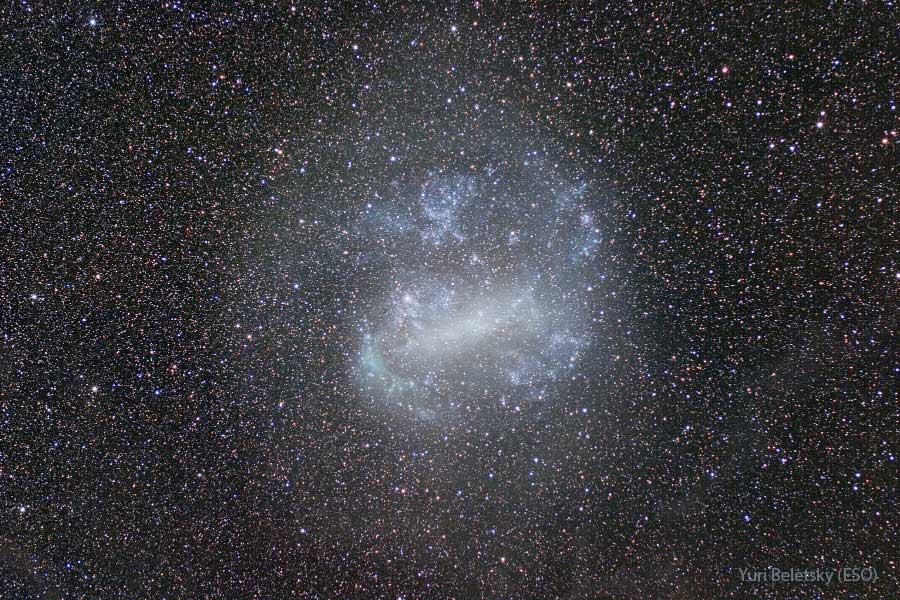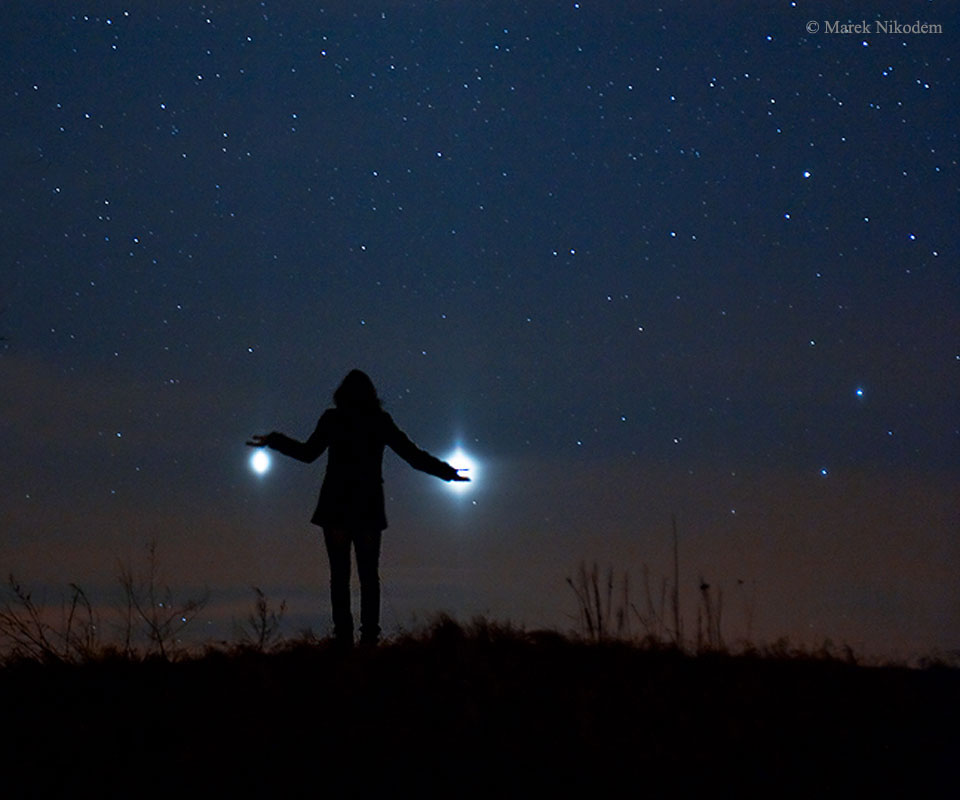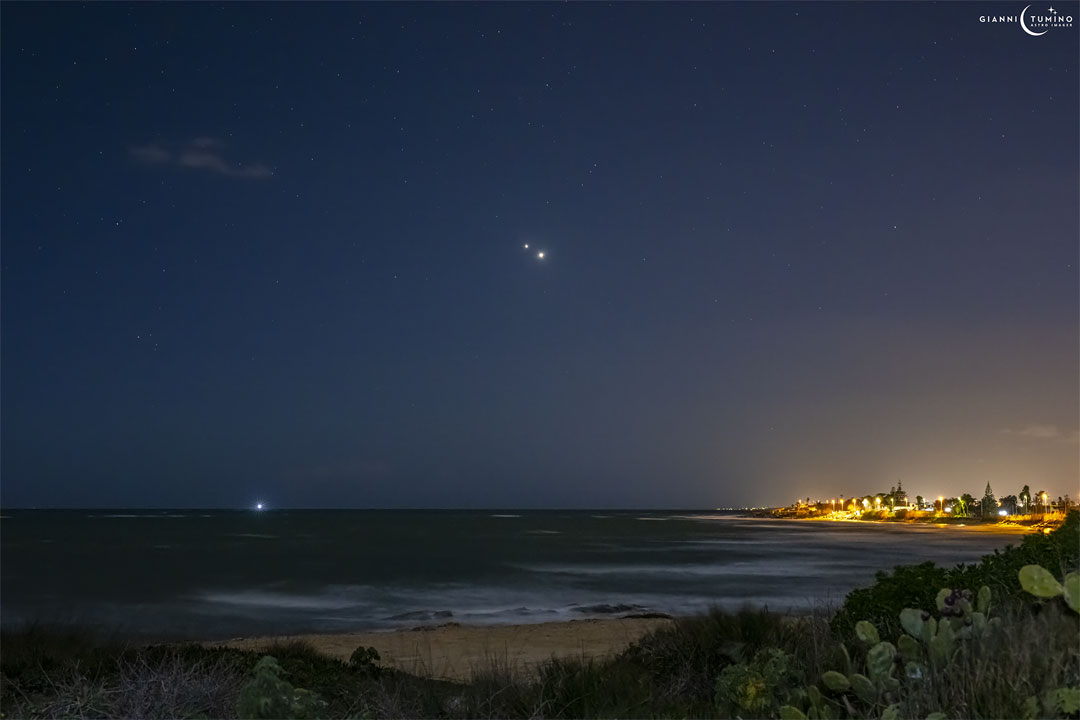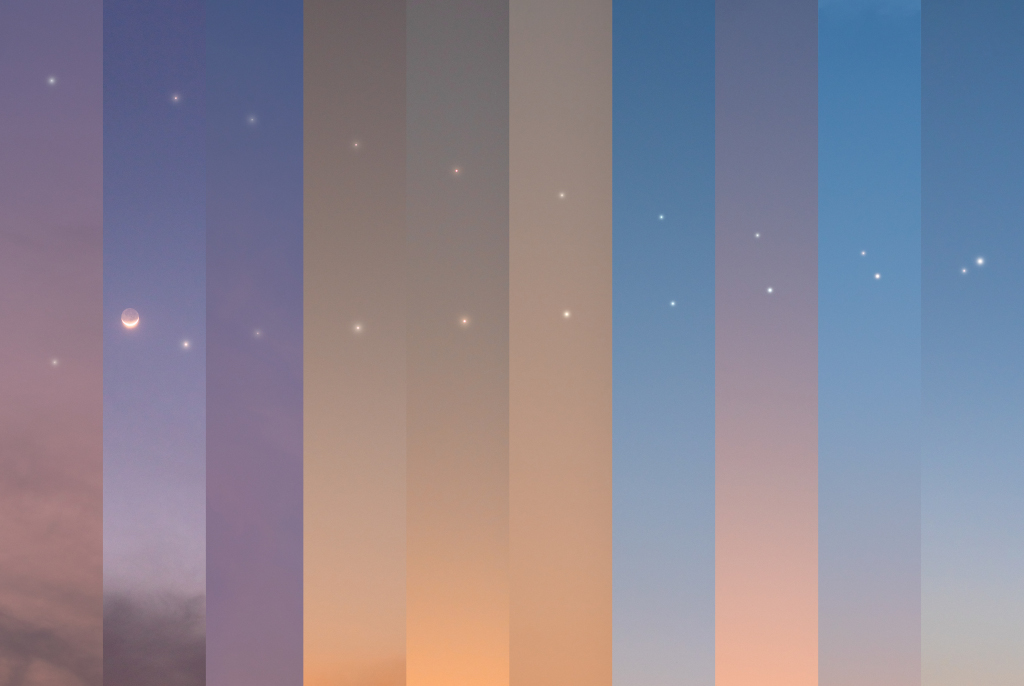안녕하세요, 잡학다식 입니다. 오늘은 과연 나사에서 어떤 방식으로 우주의 형상을 표현해 줄까요?
우선 이미지부터 볼 수 있도록 하겠습니다
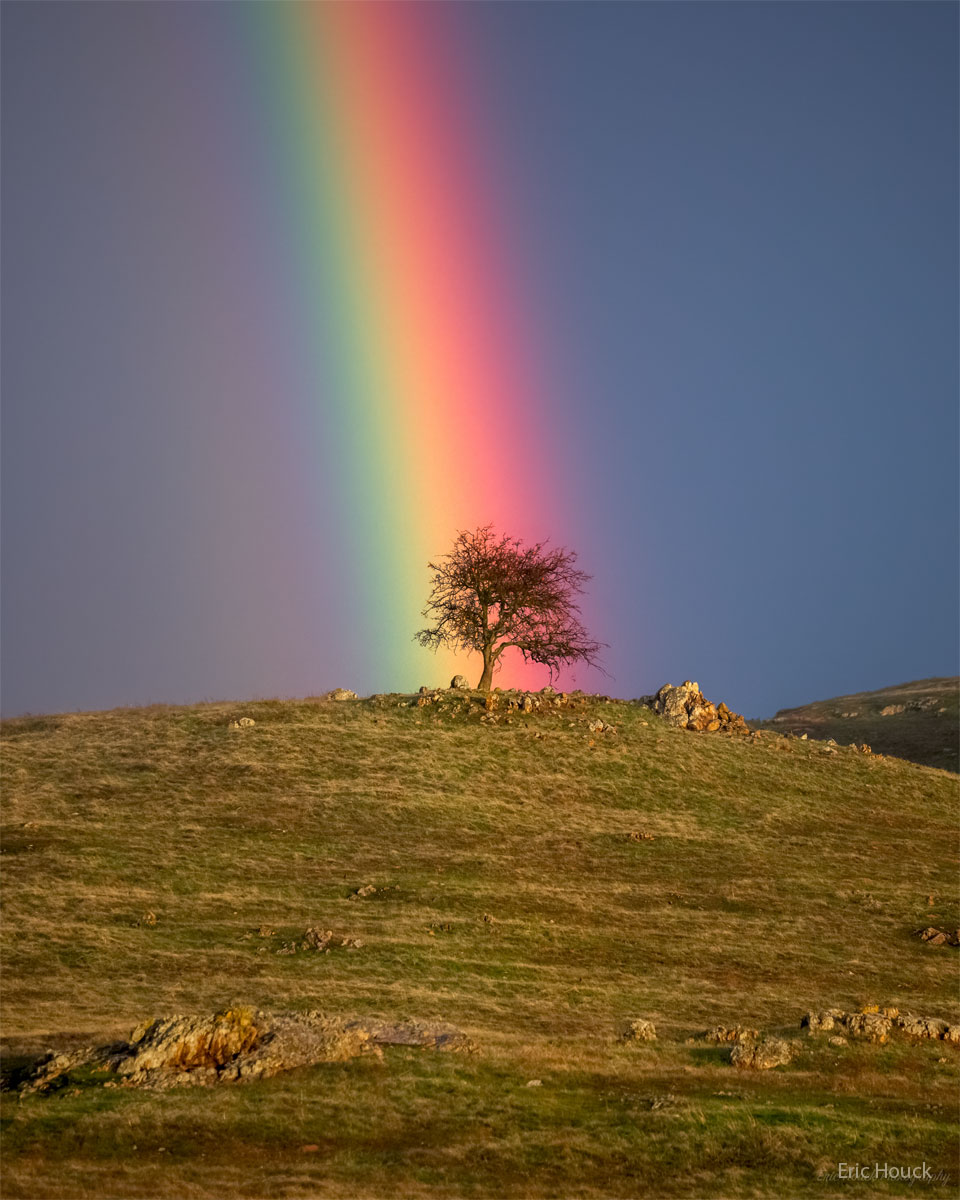
해당 사진의 이름은 Rainbow Tree 인데요 우선 NASA에서 공식적으로 발표한 설명들을 확인해 보겠습니다
What lies at the end of a rainbow? Something different for everyone. For the photographer taking this picture, for example, one end of the rainbow ended at a tree. Others nearby, though, would likely see the rainbow end somewhere else. The reason is because a rainbow's position depends on the observer. The center of a rainbow always appears in the direction opposite the Sun, but that direction lines up differently on the horizon from different locations. This rainbow's arc indicates that its center is about 40 degrees to the left and slightly below the horizon, while the Sun is well behind the camera and just above the horizon. Reflections and refractions of sunlight from raindrops in a distant storm in the direction of the rainbow are what causes the colorful bands of light. This single exposure image was captured in early January near Knight's Ferry, California, USA.
이번에도 광활한 우주 앞에 인간이 얼마나 작은 존재인지 다시 한번 알게 되는것 같습니다
저는 내일도 더 좋은 사진과 함께 돌아오겠습니다, 그럼 행목한 하루 되시길 바랍니다
'과학상식' 카테고리의 다른 글
| NASA 나사의 오늘의 이미지들 (2023-03-15) (0) | 2023.03.16 |
|---|---|
| NASA 나사의 오늘의 이미지들 (2023-03-14) (0) | 2023.03.15 |
| NASA 나사의 오늘의 이미지들 (2023-03-12) (0) | 2023.03.13 |
| NASA 나사의 오늘의 이미지들 (2023-03-11) (0) | 2023.03.12 |
| NASA 나사의 오늘의 이미지들 (2023-03-10) (0) | 2023.03.11 |
